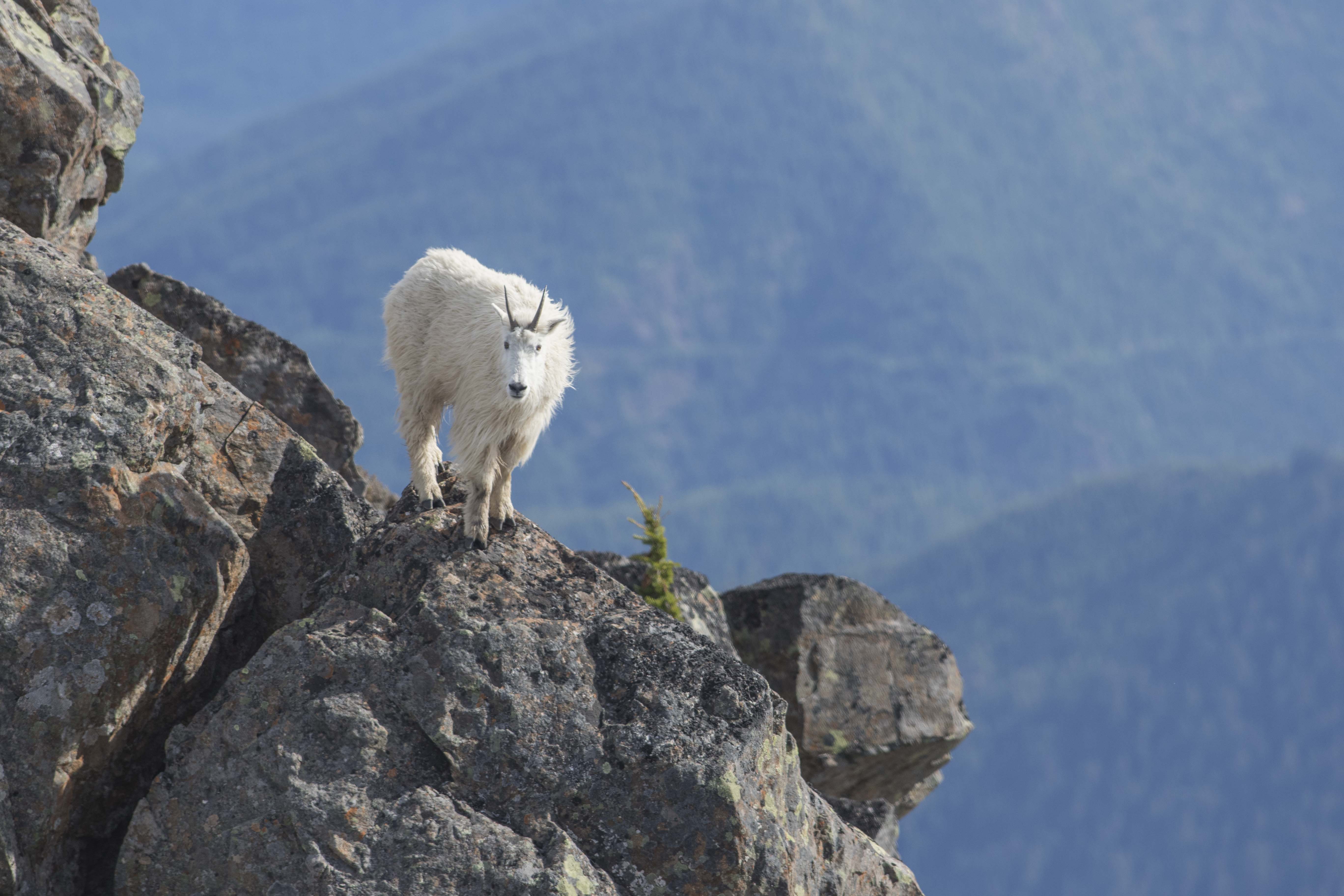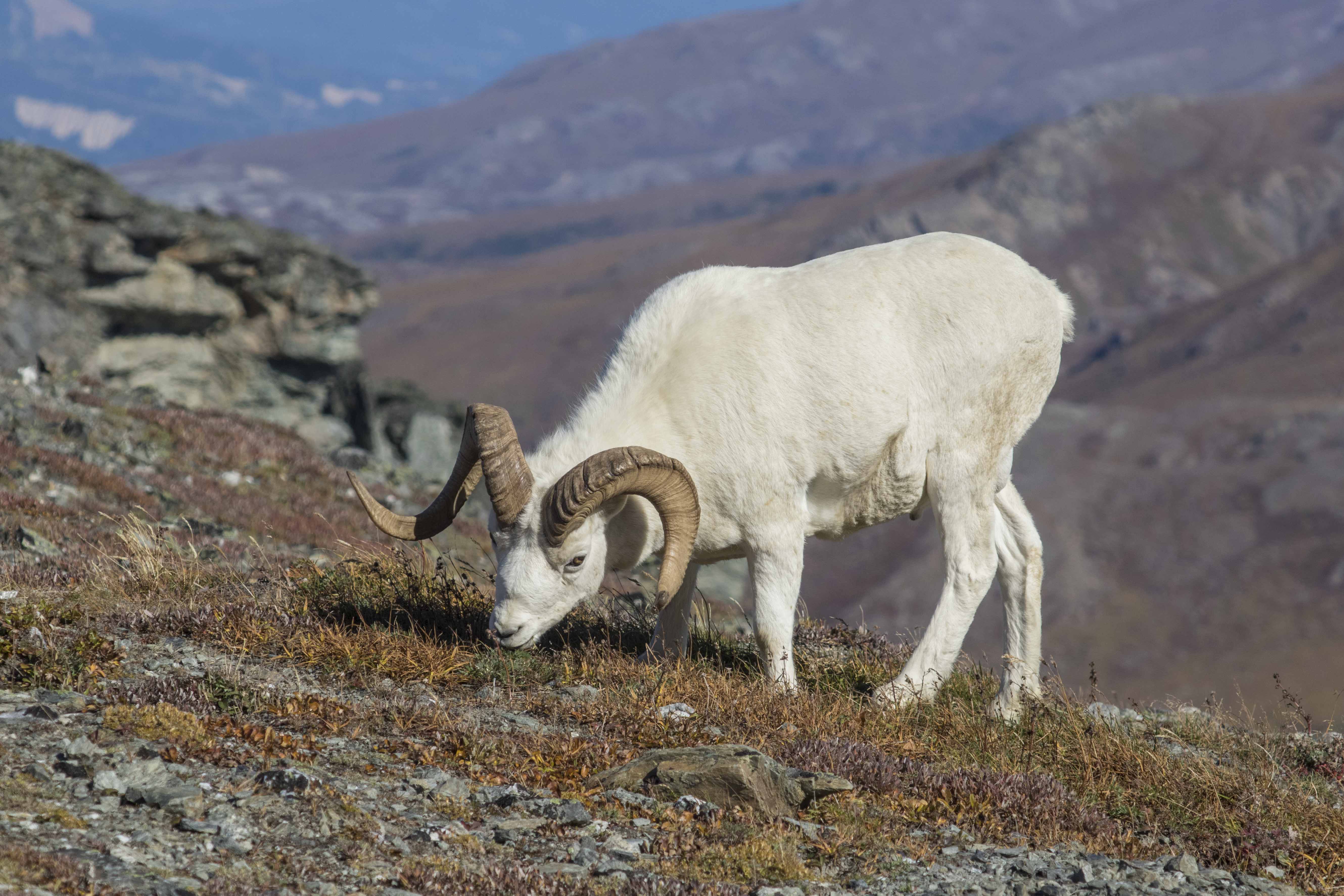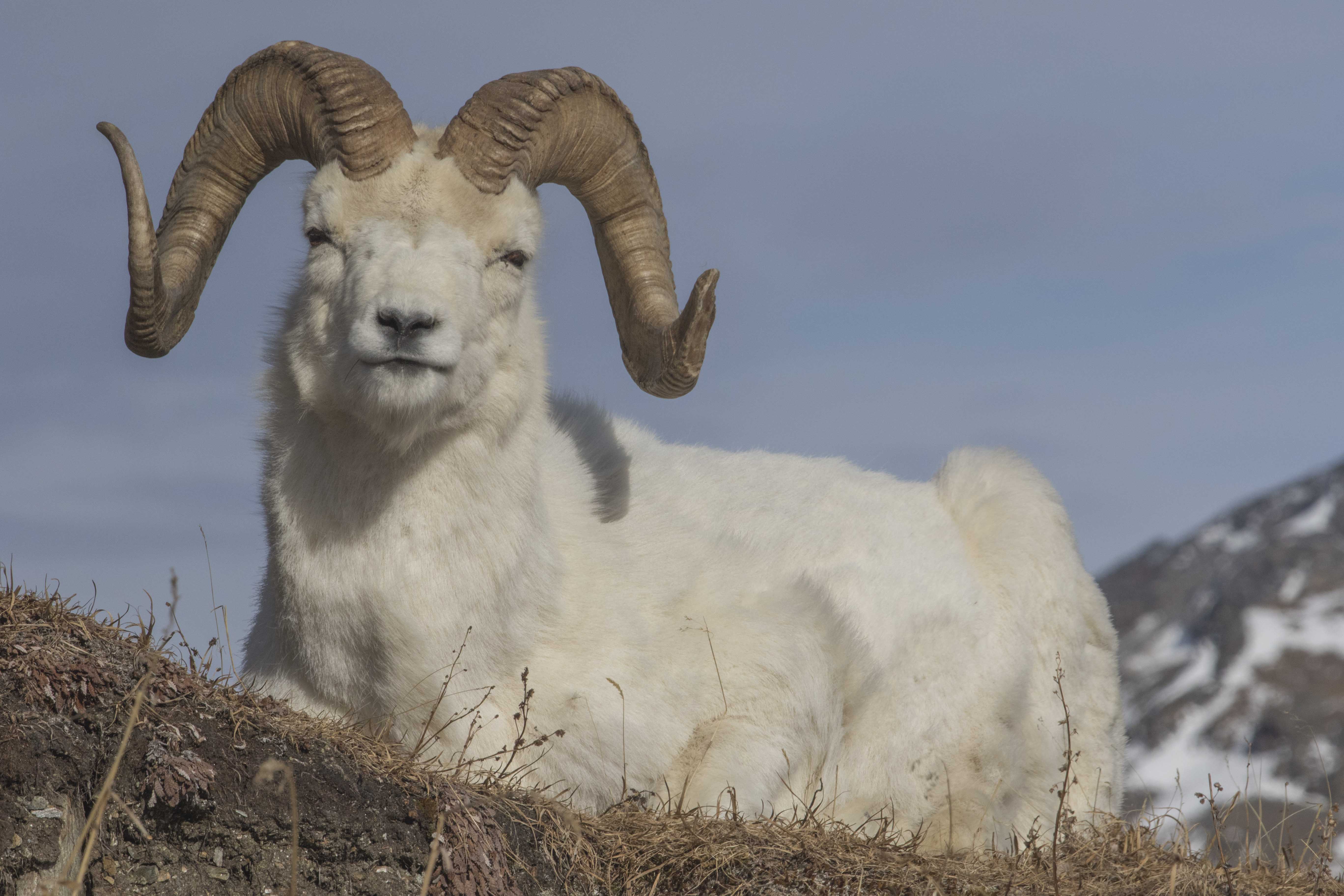General Physics of Nature/Wildlife Photography:
- Nature/Wildlife photography is arguably one of the most
physical categories of photography. Often you climb a mountain
or wait in the cold for hours to get "the shot..." or you
exert yourself running from the animal you accidentally
peeved!
- Work done while out hiking.
- When you go in search of wild
animals, you often have to hike a long ways just to find
evidence of them, and most times you are carrying 20+ pounds
of gear (those lenses I talked about last slide are
heavy)! Wildlife doesn't like to make life easy for you.
- Work = Force × Distance in ft-lbs
- Unfortunately, if you are walking on
a horizontal plane (not up a mountain), you are not doing work
in a physical sense once you reach your constant velocity.
- However, when climbing a
mountain you definitely are putting in work because you are
constantly fighting the force of gravity. You would figure out
the amount of work acting on you by gravity using the formula:
- mgh (m = mass of person, g =
gravity, h = height hiked)
- This will give you a negative number
since gravity is always acting in the downwards direction
(-Y), so you are fighting that force to get to the top of the
mountain and find the mountain dwelling animals!

|

|
Mountain Goats live high up
in the mountains. They navigate the steep rocks diligently
and tend to stay up high. They require a lot of work to
reach. Image by Miles Leguineche.
|
Like mountain goats, Dall
sheep like the protection that the steep cliffs offer.
They also require lots of work to reach. Image by Miles
Leguineche.
|
- Physics of waiting.
- Also, as a wildlife/nature photographer,
you spend a lot of time waiting around for either the animal
to show up, do something interesting, or for the light to be
"just right." It seems like it's always cold out when you're
waiting, too! You lose a lot of heat to your surroundings,
don't want to get hypothermia.
- Hypothermia is a condition in which ones
body temperature is critically low. This condition can be
caused because of heat loss to the environment through
radiation, conduction, convection, and evaporation.
- Radiation is the most
significant source of heat loss, accounting for about 60% of
total heat loss. This source of heat loss is when heat is lost
to the environment though infrared rays. "Heat from core body
tissues is transported in blood to subcutaneous vessels, where
heat is lost to the environment through radiation"
(https://www.ncbi.nlm.nih.gov/pmc/articles/PMC2844235/)
- Conduction and
convection account for about 15% of total heat lost.
Conduction is the loss of head though kinetic energy from the
molecular motion of the skin tissues to surrounding air. For
conduction to be effective, it needs to be combined with
convection which is when warmed air or water (from conduction)
is moved away from the skin surface by currents.
- About 22% of heat loss
happens though evaporation. This is when "energy in the form
of heat is consumed during vaporization of water. Water
evaporates from the body even when not sweating, but
mechanisms that enhance sweating increase evaporation"
(https://www.ncbi.nlm.nih.gov/pmc/articles/PMC2844235/).
-If your body starts to get cold, it
will focus its thermodynamics to heating your core before your
extremities; that is why your hands and feet will typically
get colder before your core body does. This will also cause
your extremities to get frostbite before your core.
- The body can usually do a good job of
managing its temperature as long as you dress and prepare for
the conditions properly.

|
 |
Dall Sheep ram photographed
on the summit of a cold, windy mountain. I waiting for
over two hours for this guy to get up and acknowledge me.
Image by Miles Leguineche.
|
Sunrise over an Alaskan
valley. It was freezing this December morning (below 0),
and I was out before sunrise waiting for the light to hit
the mountains "just right." Image by Miles Leguineche.
|
- Physics of running.
- Hopefully this doesn't ever happen...but
sometimes, as a wildlife photographer, you are out along with
some big animals such as bears, moose, and bison and these
animals can become agitated if you do something they don't
like. You may have run for it if they do become agitated, so
we might as well discuss the physics behind running from your
subject too!
- There are a lot of different physic
equations that come into play when talking about motion. These
equations include:
- v = v(initial) + a×t
- x = x(initial) + v(initial)×t + .5a×(t^2)
- (v^2) = v^2(initial) + 2a(x - x(initial))
- (v = velocity, a = acceleration, t =
time, x = position)
- You better hope that you can have a
faster velocity, acceleration, or lower time so you can get to
the tree line before the beast catches up!

|
Brown Bear fishing for his next meal. You
wouldn't want to make one of these creatures mad. They can
run up to 35mph and catch you in a heartbeat. Image by
Miles Leguineche.
|




